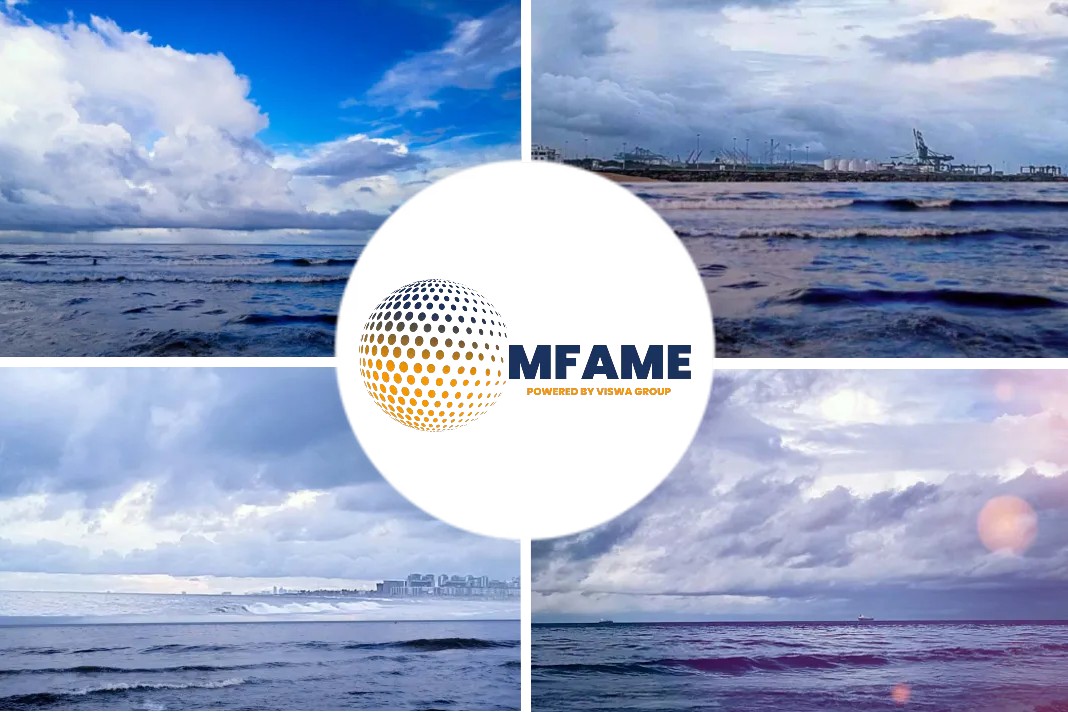
- High inflation kills grocery, PET demand
- Bloated global supply hurts European polymer producers
- Supply chain prices suppressed further, below cash-cost levels
Global supply length, high food inflation hurts European polymer demand, squeezes margins, states a Platts news source.
High or still-rising food prices continues
Although headline inflation has eased in some European countries, high or still-rising food prices continues to blight key polymer markets, depressing demand and prices when production costs in Europe remain high, further squeezing margins, according to polymer market participants.
A normalization of global production and logistics systems post-lockdown have also added to the weakness as US and Middle Eastern producers continue to operate at near-full rates. Sources say that for the first time since 2022 freight costs and energy costs have stabilized and costs reduced, enabling them to ramp up production and export at will.
The impact of rising food inflation — which in in some countries remains as high as 20%-25% — has not only been to force consumers to reduce the amount of groceries in their food baskets but also to reduce or limit luxury items and big brand products as food shoppers favor cheaper supermarket brand products. This has hit demand for plastic packaging used in food and disposable polyethylene terephthalate bottles used for mineral water.
One PET producer pointed to high Inflation, weak discretionary demand, which is likely to mean that prices will remain suppressed, within a mild but prolonged recessionary environment, according to the PET producer.
The PET producer pointed to patterns of small-case spending.
“Bottled water is not for daily consumption,” he added. “Straw poll — have you changed your shopping habits? The answer is that it hasn’t but that is what they really believed. The luxury items are removed from the shopping basket.”
This has in turn impacted demand for upstream monoethylene glycol in Europe and forced prices of both trucks and barges to plunge to levels considered below cash cost levels, given the increase in US and Middle Eastern production since the start of in 2023. Even production issues in December 2022 affecting US Gulf Coast glycol producers could not halt the delayed flow of import resupply into Europe.
MEG is used as a feedstock in the production of PET pellets which are then used in the production of plastic bottles, principally those used for mineral water. Producers point to US producers now running their plants at full or nameplate capacity, with the excess product chasing dwindling demand in export markets.
“Formosa [Plastics USA] is back up, and the rest not sure if they are producing at max, but for sure at high rates,” an ethylene/glycol trader, referring to Formosa’s lifting earlier in April of a force majeure on film-grade high density PET production at its Point Comfort, Texas, site. “[US] ethane natural gas and ethylene are so cheap.”
Downstream the demand/supply picture also looks grim
“There’s a good amount of imported PET and there isn’t a need to produce PET,” said a MEG trader, citing a PET producer. “They [instead] ship everything to Turkey,” he said, adding that European suppliers would seek to offload product into the key supply hub. “The situation will improve but stocks are still high,” he added.
In addition, the PET season, which represents approximately 70% of total MEG demand and is usually focused on the spring and summer months, was at a standstill, sources said.
“You would now normally see an uptick in demand and pricing ahead of the summer period, with brands building inventory and that hasn’t happened,” a PET consumer said. “Probably the opposite really. Touching on the cost-of-living pressures that is what you see reflected.”
Added to the weak macroeconomic picture, poor weather in Europe since March has also had an impact on demand for PET, which “is about the summer season,” the consumer said. “And that is reflected in the poor weather so far into spring in Europe,” he said.
With May likely to be warmer, “you may see some strength and brands will sell their product,” he said. “Wewould have liked to have seen increases in prices.”
Spot MEG, PET prices tumble below producer cash cost levels
This pressure has resulted in European prices for MEG and PET to fall further, in the case of the former to levels considered below European producer cash-cost levels.
European MEG spot prices fell Eur20/mt to Eur460/mt FCA Antwerp for trucks and to Eur460/mt CIF ARA for barges on April 28.
Sources pointed to the difficulties in the market as leading to a wide disconnect between monthly MEG contracts and spot pricing. Some pointed to as much as a 30% discount versus contract and spot pricing. This has led contract settlers to struggle to agree contract supplies in the delivery month, often requiring a retrospective settlement in the forward month.
Further downstream, Platts assessed derivative PET spot prices at Eur1,190/mt FD NWE, while free–delivered UK spot prices were assessed at GBP1,080/mt FD UK. Net April contracts were assessed by Platts at Eur1200/mt, down Eur30/mt on the month on April 26.
Did you subscribe to our daily Newsletter?
It’s Free! Click here to Subscribe!
Source: Platts














![[Watch] Crazy Power Needed to Move World’s Largest Containerships](https://mfame.guru/wp-content/uploads/2023/11/mfame-tanker-100x70.jpg)

